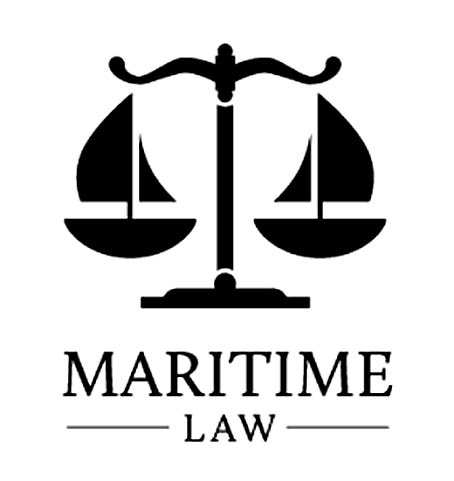
Aboard any ship or boat, big or small, few sounds convey more fear than the dreaded fire alarm. Fire is never a good thing anywhere, but on the water, the dangers of fire are intensified. Narrow passageways, steep stairways, and ladder trunks could become difficult to negotiate when smoke fills the air. Shipboard ventilating systems or strong sea breezes can accelerate the spread of smoke and flames throughout the confines of a vessel.

There is no shortage of evidence on the frightening destructive power of shipboard fire throughout history, ranging from infernos in the hangar spaces of World War II aircraft carriers to historic passenger ship disasters of the twentieth century. Sadly, the lessons are tragic in most cases. In June 1904, the steam-driven paddle wheeler General Slocum was consumed by flames after a fire started in a forward lamp room of the 264-foot ship. The condition of firefighting equipment was abysmal, where fire hoses crumbled, contributing to 1,000 people losing their lives in what should have been a happy excursion on the East River toward Long Island picnic grounds. The fire resulted in criminal indictments and a close examination of fire safety measures on vessels.
Some thirty years later in September 1934, fire consumed the 480-foot ocean liner Morro Castle, resulting in a loss of 137 lives. The fire, which started in a storage room, quickly filled the ship with smoke as she steamed into strong winds throughout the night on her voyage from Havana to New York. Unlike the liner United States of the 1950s, where the designer William Francis Gibbs took fastidious measures to eliminate flammable materials, Morro Castle used wood throughout. When the newer liner United States was built roughly twenty years later, concerns over fire safety went as far as using a piano from Steinway that had been made from special fire-resistant wood. As the fire spread, the smoldering liner eventually ran aground off the beaches of New Jersey. The handling of the fire resulted in criminal indictments, as well as changes in maritime limitation of liability law.
More recently, a fire consumed the 75-foot dive boat Conception and tragically resulted in a loss of 33 passengers and 1 crew member. The September 2019 fire broke out when the dive boat was anchored off Santa Cruz Island, California. Nothing good could be said about such a senseless loss. But the National Transportation Safety Board (NTSB) developed recommendations from its investigation that could hopefully prevent such terrible losses in the future.
The NTSB outlined issues it felt contributed to the heavy loss of life in the dive boat fire. One of these included a lack of small passenger vessel regulations mandating smoke detection in all accommodation areas, together with a design where both methods of escape from passenger areas led to the main salon, which had filled with heavy smoke. The NTSB also identified other areas for improvement, such as training, emergency drills, and roving patrols.
The NTSB also made a number of recommendations in the aftermath of the fire, such as newly constructed vessels with overnight accommodations being required to have smoke detectors in all accommodation spaces, under Title 46 of the Code of Federal Regulations. It extended this to vessels built before 1996.
The NTSB recommended that smoke detectors be interconnected – if one goes off, the others follow throughout a vessel, alerting everyone aboard to the danger. The NTSB also recommended an inspection procedure to confirm that small passenger vessel owners, operators, and charterers were conducting roving patrols. The Agency also recommended a secondary means of escape into a different space than the primary exit. The NTSB also wanted to see a fleetwide safety management system for the dive boat operator.
The maritime and boating community sometimes follow this pattern of cause and effect. An unfortunate event prompts improvements in safety. We saw this with ships increasing the number of lifeboats they carried after Titanic sank in April 1912. Additionally, Titanic’s sister Olympic had the height of her watertight bulkheads raised as a result of the sinking. Such recommendations aren’t necessarily high-tech in nature. Rather, they usually involve good analysis, with the hope that the results could someday prevent other such tragic accidents.
Ref: (1) National Transportation Safety Board, Virtual Meeting of October 20, 2020 – Fire Aboard Small Passenger Vessel Conception, September 2, 2019 DCA19MM047
Tim Akpinar is a NY based maritime attorney and has taught law at SUNY Maritime College
